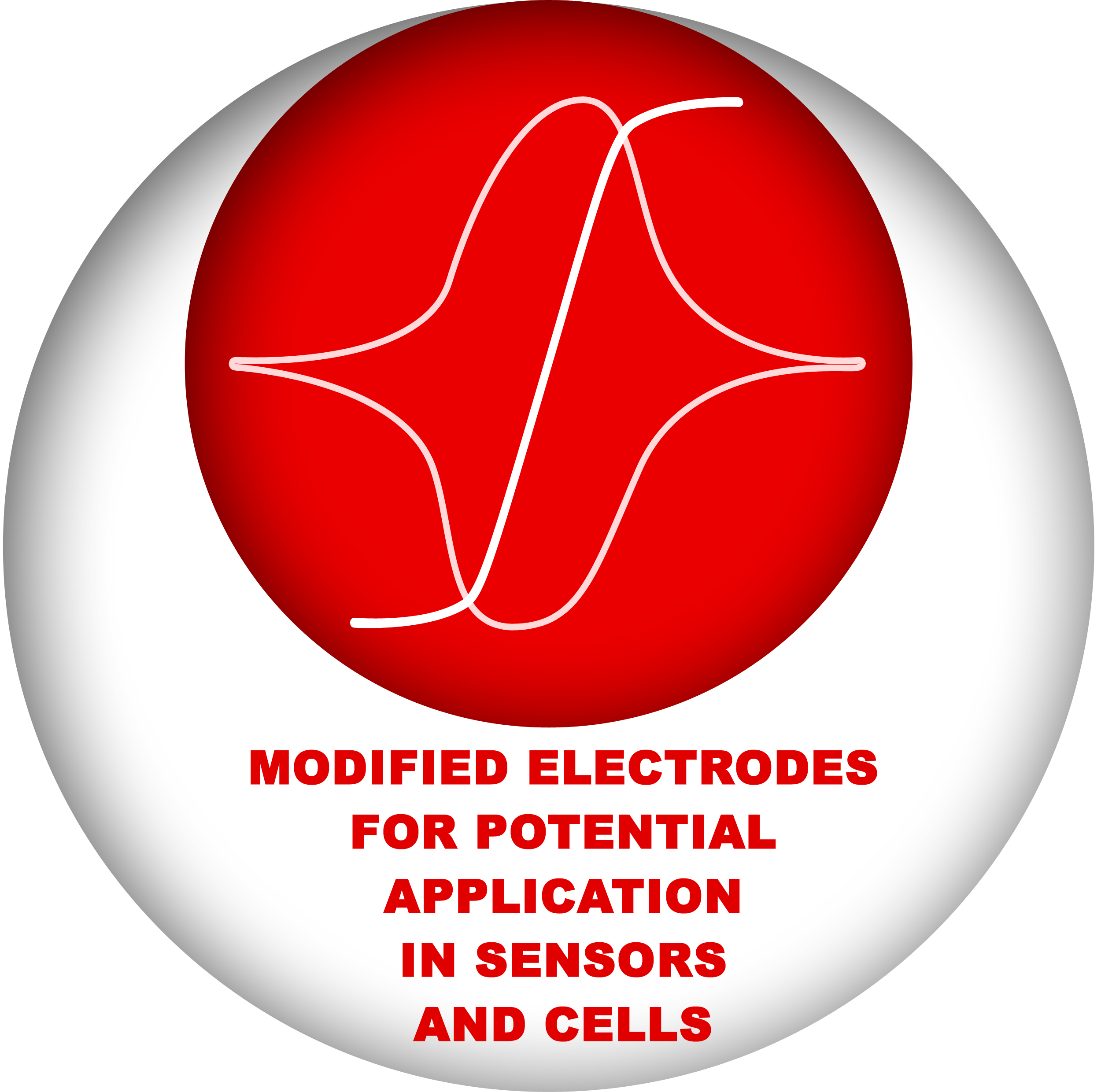Research
Electrocatalysis from single nanoparticles to their films
Nanoparticles are explored in electrocatalysis, because of the large exposure of the active surface, high surface energy, different electron bands energy than in bulk material and relatively easy functionalization. For this purpose nanoparticles are immobilized on the electrode surface and their properties may differ from those suspended in liquid. The goal of the project was to compare electrocatalytic behavior of nanoparticles suspended in solution and their assemblies. Other goal was better understanding of electrocatalytic processes at metallic nanoparticles.
The proposed goal was realized by comparing electrocatalytic activity of suspended and assembled gold or/and platinum nanoparticles in solution of such substrates as dioxygen, hydrogen peroxide and glucose. These films were prepared by layer-by-layer and drop deposition method exploring electrostatic interactions between nanoparticles This approach allowed for preparation of bimetallic nanoparticulate assemblies exhibiting synergistic effect. Also the decoration of MoS2 nanoplatelets was successfully explored.
The suspended, in some cases floating, nanoparticles catalyse electrochemical process, when in contact with the noncatalytic electrode surface. These experiments were performed in forced convection conditions. The approaches based on rotating disc electrode and wall jet detection system in Flow Injection Analysis system were successful. The importance of adsorption of nanoparticles at noncatalytic electrode is doubtless. Also here synergistic effect in electrocatalysis was spotted.



